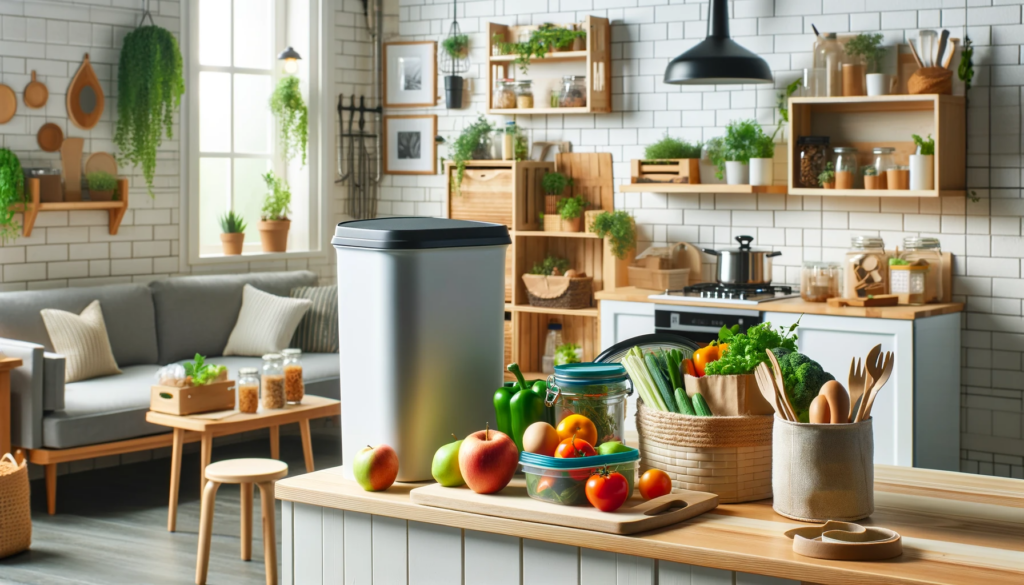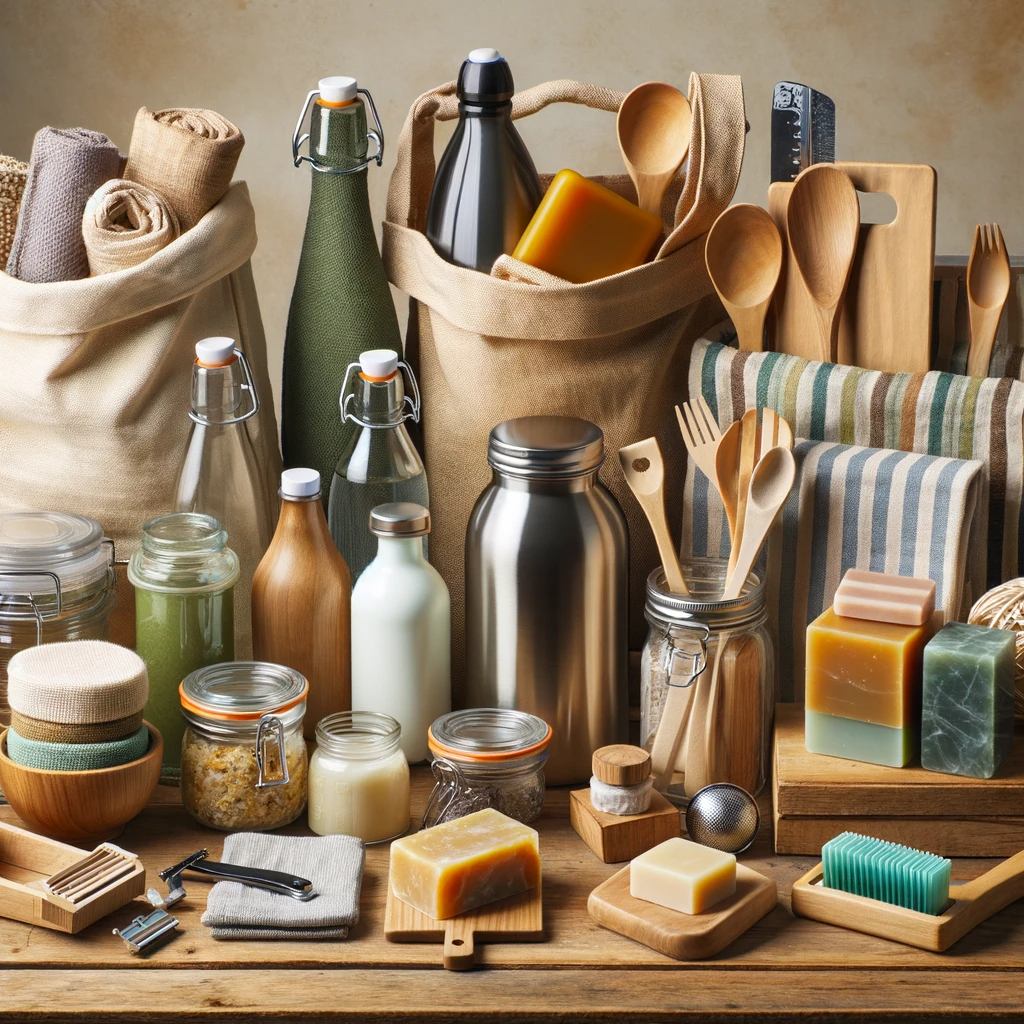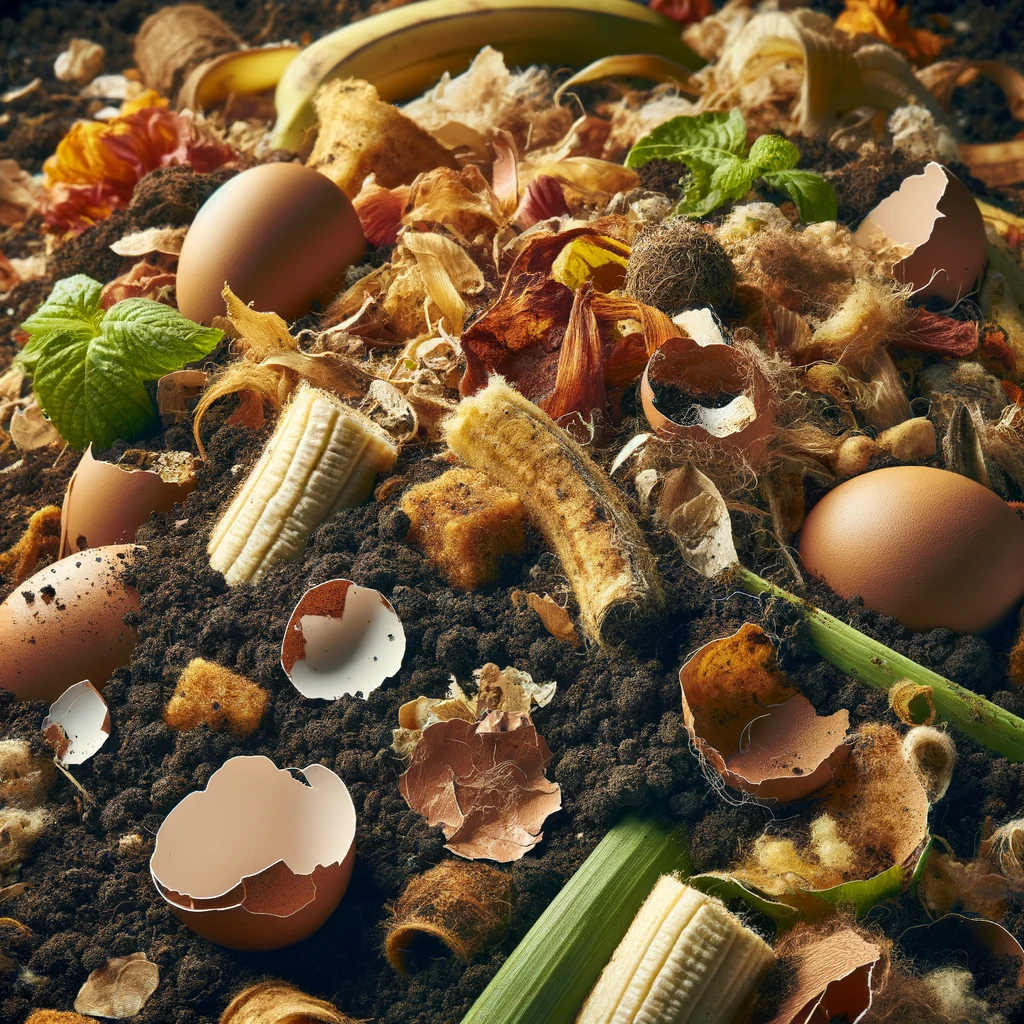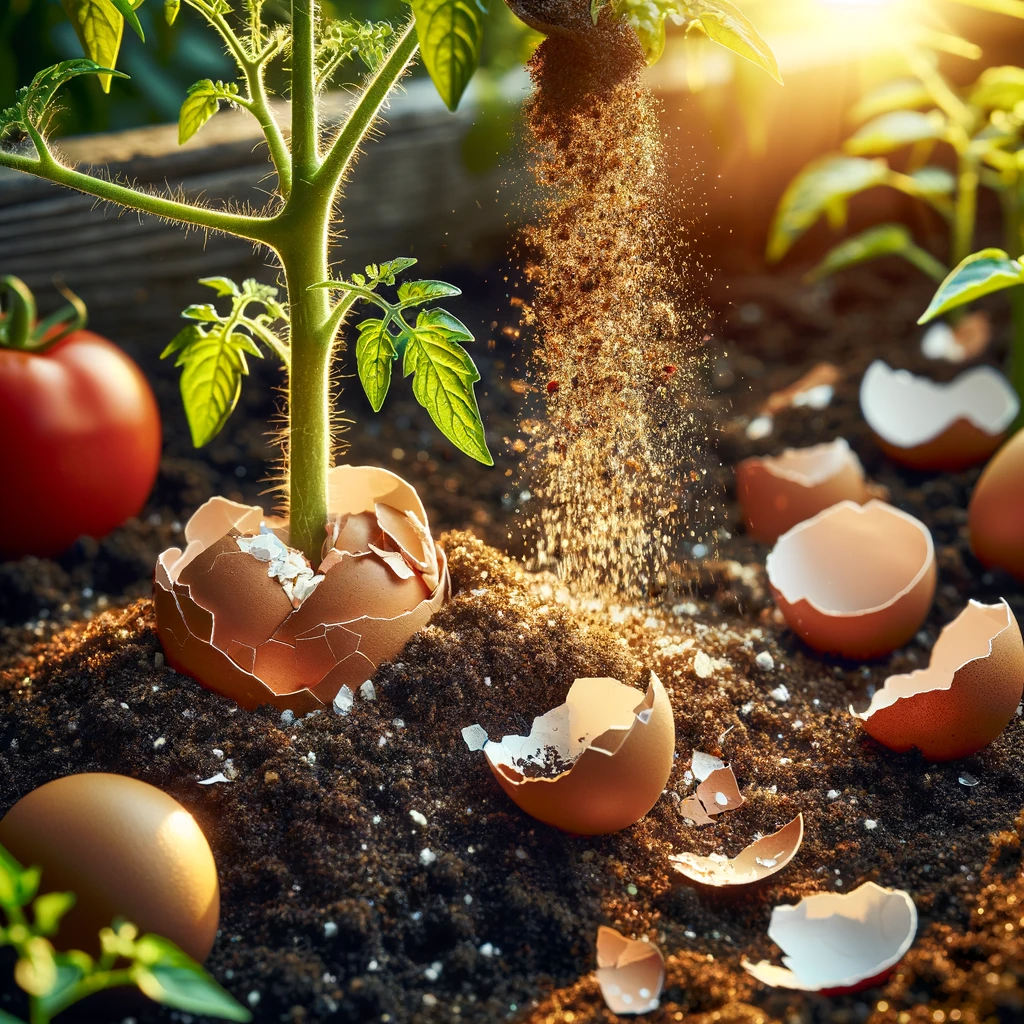The Ultimate Guide to Home Composting: Transforming Waste into Garden Gold
Introduction: Embracing the Compost Revolution
In an age where environmental sustainability is more critical than ever, composting stands out as a practical and impactful way to reduce waste and nurture our planet. Home composting, a simple yet profound process of turning kitchen and garden waste into rich, organic material, is gaining momentum as a key element of eco-friendly living. This comprehensive guide aims to demystify the art of composting, providing you with all the knowledge and tools you need to start your composting journey at home.
What is Composting?
Composting is a natural process that transforms organic waste materials into a nutrient-rich soil conditioner, known as compost. It’s the ultimate recycling of organic matter, where kitchen scraps, yard waste, and other biodegradable materials are broken down by microorganisms, insects, and worms. The end product is a dark, crumbly, earthy-smelling material that enriches soil and aids plant growth.
Types of Composting Methods:
- Backyard Composting: The most common method, ideal for garden waste and kitchen scraps.
- Vermicomposting: Utilizes red wiggler worms to break down food waste, excellent for indoor composting.
- Bokashi Composting: A fermentation process that can handle almost all types of kitchen waste, including meat and dairy.
- Trench Composting: Involves burying organic matter directly in the garden.
Benefits of Composting
Environmental Impact:
- Reduces Landfill Waste: Composting at home significantly cuts down the amount of waste sent to landfills.
- Lowers Greenhouse Gases: By composting, you decrease the production of methane, a potent greenhouse gas, which is released when organic waste decomposes anaerobically in landfills.
Garden Benefits:
- Soil Enhancement: Compost improves soil structure, providing essential nutrients and improving soil fertility.
- Water Retention: Compost helps soil retain moisture, reducing the need for frequent watering.
Economic and Social Advantages:
- Cost-Effective: Composting reduces the need for commercial soil conditioners and fertilizers.
- Community Building: Sharing composting practices can foster community connections and collective environmental responsibility.
Getting Started with Composting at Home
Selecting the Right Location:
Choose a Convenient Spot: Your compost bin should be easily accessible, yet out of the way. Consider Sunlight and Drainage: A location with partial sunlight and good drainage is ideal.
Choosing a Composting Bin:
- Open Bins: Suitable for large quantities of yard waste.
- Closed Bins: Ideal for urban settings or smaller spaces.
- Tumblers: Perfect for quick composting and ease of turning.
Materials You Can Compost:
- Greens: Kitchen scraps like fruit and vegetable peels, coffee grounds, and eggshells.
- Browns: Dry leaves, straw, wood chips, and shredded newspaper.
Step-by-Step Guide to Composting
Step 1: Setting Up Your Compost Bin
Create a bottom layer of twigs or straw to aid drainage and aeration. This layer should be a few inches thick.
Step 2: Balancing Greens and Browns
Maintain a balance between green (nitrogen-rich) and brown (carbon-rich) materials. A general guideline is to use equal parts by volume.
Step 3: Maintenance and Care of Your Compost
Regular Turning: Stir your compost pile every week to aerate it, which speeds up the decomposition process. Moisture Control: Your compost should be moist like a wrung-out sponge. If it’s too dry, add water; if too wet, add more browns. Temperature Monitoring: A warm compost pile indicates active decomposition. If it cools down, it may need more greens, water, or aeration.
Step 4: Harvesting the Compost
Maturity Indicators: Compost is ready when it’s dark, crumbly, and has an earthy smell. It typically takes 3-6 months. Sifting: Sieve the compost to separate any unfinished material, which can be returned to the bin.
Common Questions and Answers About Composting
- Can I compost dairy and meat products?Generally, it’s best to avoid these in a backyard pile due to odor issues and attracting pests. However, Bokashi composting can handle these materials.
- How do I keep pests away from my compost bin?Use a bin with a tight-fitting lid, bury food scraps under browns, and avoid composting meat, dairy, and oily foods.
- Does composting emit bad odors?A well-maintained compost bin should not smell bad. Odors may indicate an imbalance, often too much moisture or lack of aeration.
- Can I compost if I live in an apartment?Absolutely! Vermicomposting or Bokashi composting are great for small spaces.
- How long does it take for compost to be ready?This depends on factors like material balance, temperature, and turning frequency. Typically, it ranges from 3 to 6 months.
- What scraps can I use for composting?
- Banana Peels: Rich in potassium, great for composting but should be chopped for faster decomposition.
- Coffee Grounds: High in nitrogen, they add valuable nutrients to the compost.
- Egg Shells: Provide calcium, but should be crushed to speed up composting.
- Tea Bags: Excellent green material, ensure they are not made of synthetic fibers.
Troubleshooting Your Compost
- Problem: Compost is too wet and smelly.Solution: Add more browns and turn the pile to improve aeration.
- Problem: Compost is very dry and slow to decompose.Solution: Add more greens and water to increase moisture.
- Problem: Attracting flies or pests.Solution: Ensure a proper balance of materials, and bury food scraps deep in the pile.
Advanced Composting Techniques
For those looking to take their composting to the next level, here are some advanced techniques:
- Vermicomposting: Using worms to accelerate the composting process. This method is great for indoor composting and produces nutrient-rich worm castings.
- Bokashi Composting: An anaerobic process that can handle meat and dairy. It ferments waste, which can then be added to a traditional compost pile or buried in the garden.
How to Use Compost in Your Garden
Once your compost is ready, it can be used in various ways to enrich your garden:
- As a Soil Amendment: Mix compost into your garden beds to improve soil quality.
- For Potting Mixes: Combine compost with soil and other components to create a nutrient-rich potting mix.
- As a Mulch: Apply compost around plants to conserve moisture and suppress weeds.
Composting and Community Involvement
Encouraging a community approach to composting can amplify its environmental impact. Here’s how you can get involved:
- Community Gardens: Donate your compost to local community gardens or start a communal composting project.
- Education and Workshops: Organize or participate in workshops to spread awareness about the benefits of composting.
- Neighborhood Compost Programs: Collaborate with neighbors to create a larger-scale composting system, which can handle more types of waste.
Conclusion: A Step Towards a Greener Future
Home composting is more than just a way to manage waste; it’s a step towards building a more sustainable and ecologically responsible lifestyle. By embracing composting, you contribute to a healthier planet, reduce your carbon footprint, and create a valuable resource for your garden. Start small, and remember, every bit of effort counts in our collective journey towards a greener future.







Pingback: Can Carrots Grow in Winter? Yes, you can!
Pingback: Winter Composting: 28 Essential Tips
Pingback: Preserving Your Winter Harvest: Methods to Store and Use
Pingback: Vertical Gardening Indoor
Pingback: Egg shell for plants: Calcium Magic for Your Garden